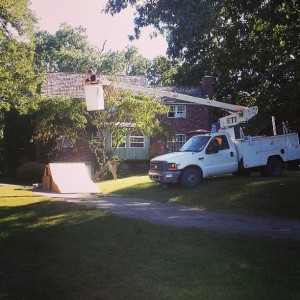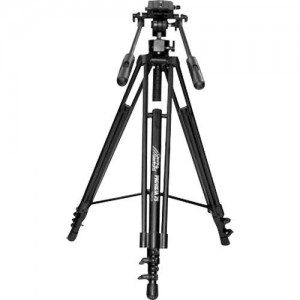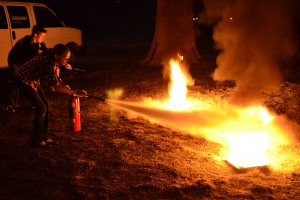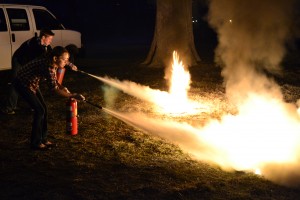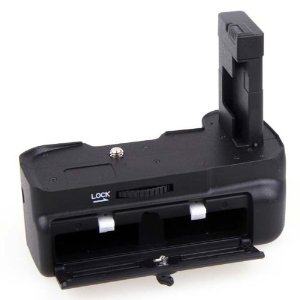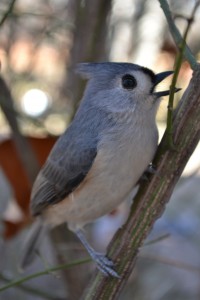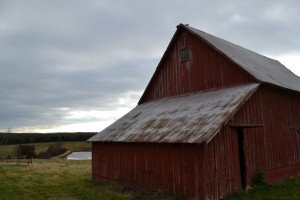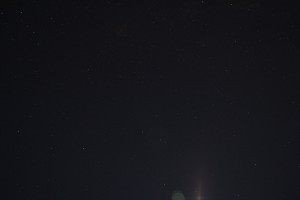I purchased a Rode VideoMic about 2 months ago. I’ve used it multiple times, filming our youth choir recital, downhill skateboarding with high winds, and a few chunks of random dialogue. The audio from the Rode is significantly better than what comes straight out of my D3100, especially in windy situations.
Since My Nikon D3100 doesn’t have an Audio-In port, I have to use an external audio recorder to record the audio coming out of the Rode. This review won’t concentrate on how well the Rode works connected to DSLR’s, since I haven’t tested it with any cameras that have Audio-In ports. Other than that, using an external recorder or a DSLR makes no difference.
The clarity of the Rode compared to that of my on-camera mic is amazing. The signal-to-noise ratio is significantly higher, and the dynamic range is much better as well. When I was recording a choir recital, which had lots of loud sounds with lapses of quiet in between, my on-camera mic struggled to keep up. It would raise its sensitivity during quiet parts, and when loud noises came, they would clip. Even when it had adjusted, it still didn’t capture the full range that the Rode did. The Rode Videomic captures a much more natural, realistic sounding sound, especially when dealing with dialogue.
Even though the Rode easily outperforms my on-camera mic under average circumstances, the difference only gets more pronounced as audio-recording situations get worse. Bombing hills on a longboard with my on-camera mic produces nothing but a bunch of wind noise, while with the Rode with a DeadCat, there is still some wind noise, but it actually sounds like wind, rather than 10 787′s flying overhead. Without the Deadcat it works better than my on-board mic, but not that much better. If you’re filming in high winds, definitely get the Deadcat.
As far as disadvantages go, the Rode Videomic doesn’t have many. Its almost 10 inches long so it can get in the way, but as far as actually shooting goes, the mic stays out of my viewfinder even when I have my lens zoomed out to 18m. If you got any wider it would show up, but since I don’t have a lens wider than 18mm, that hasn’t been a problem yet.
Overall, the Rode is amazing. Its not cheap, but the difference it makes when recording audio is significant. If you’re interested in getting high-quality audio without a bunch of hassle with cables and mic poles, I’d highly recommend the Rode.
